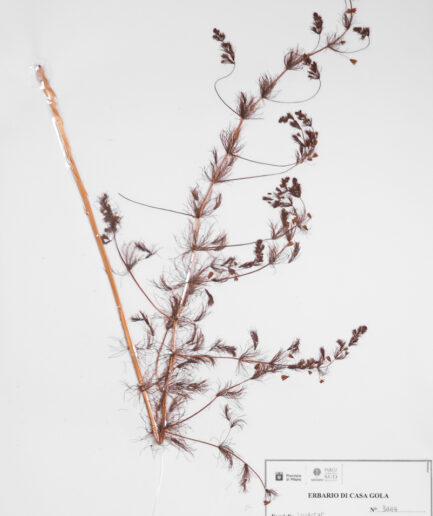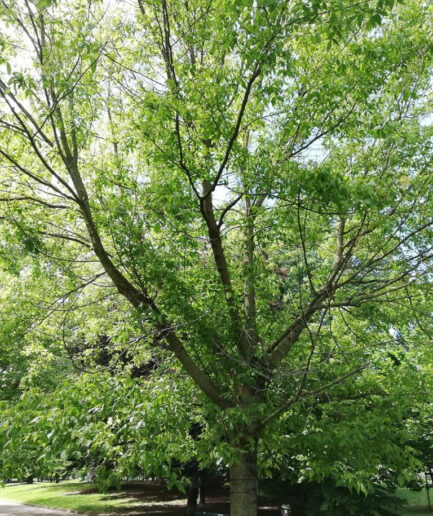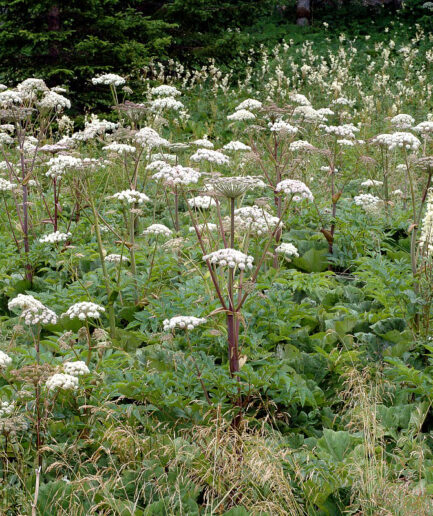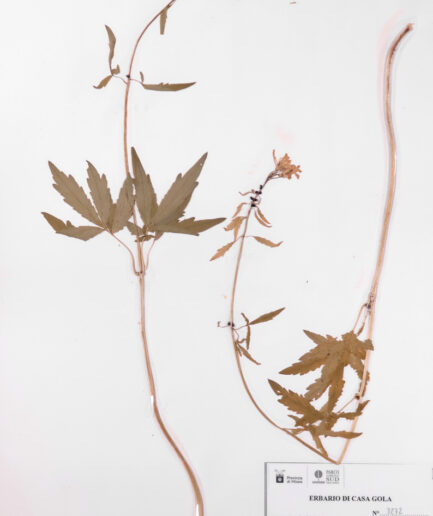Woodland vetch
Scientific name: Vicia dumetorum L.
Family name: Fabaceae
MORPHOLOGY
Habit and dimensions: a perennial herbaceous plant, which can reach up to 2 meters in height.
Stem: climbing, tetragonal, and hairy only on the angles.
Leaves: even-pinnate with 3 or 5 segments, oval-oblong or elliptical-rhomboid in shape. They have an obtuse apex.
Flowers: grouped in raceme inflorescences, consisting of 3 to 12 hermaphroditic flowers. They appear between April and June, with petals ranging from pink to purple.
Fruits and seeds: flattened legumes, brown when mature, containing 6 to 10 seeds.
DISTRIBUTION AND HABITAT
A plant native to the cold and temperate regions of Eurasia. In Italy, it can be found up to 1,000 meters in altitude, in woods, hedges, and woodland clearings, especially in the Alpine valleys with an arid and continental climate.
USE
No known uses.
INTERESTING FACTS
The genus name derives from the Latin viere or vincire (= to bind), referring to its characteristic of twining around a support or other plants using tendrils. The specific epithet dumetorum (= of the bushes) refers to the species’ habitat.
Photo: Free license from INaturalist and Saxifraga – Jan Willem Jongepier

















